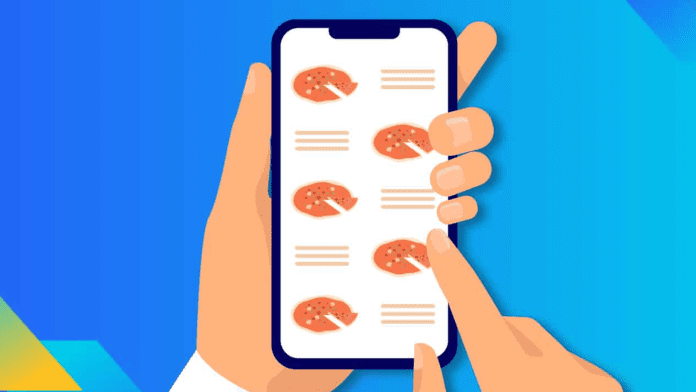The way we eat and engage with food has undergone a digital metamorphosis in today’s fast-paced society. The convergence of technology and culinary experiences has ushered in a new era of dining in which mobile devices play a critical role in defining how we order, enjoy, and interact with food.
So, let’s look at “digital dining” and how food brands may use mobile technology to create a smooth and enjoyable dining experience.
1. Mobile Ordering and Delivery Services
The rise of mobile apps and platforms for food ordering and delivery has revolutionized the food industry. Customers can conveniently browse menus, place orders, and have their favorite dishes delivered to their doorstep with a few taps on their smartphones. Food brands that offer user-friendly, efficient, and reliable mobile ordering and delivery services are likely to attract a loyal customer base.
2. Personalized Recommendations
Mobile apps for food brands often use artificial intelligence and data analysis to provide personalized recommendations to customers. By tracking previous orders and preferences, these apps can suggest new dishes or promotions tailored to each user. Personalization enhances the dining experience and encourages customers to explore new flavors and options.
3. Loyalty and Rewards Programs
Mobile-centric dining experiences often include loyalty and rewards programs. Customers can earn points, receive discounts, and access exclusive offers through these programs. Food brands that employ these strategies not only retain existing customers but also attract new ones, all while collecting valuable data on customer preferences.
4. Contactless Payment and QR Codes
In the wake of the COVID-19 pandemic, contactless payment options and QR codes have become ubiquitous in restaurants. Mobile-centric dining experiences often include the ability to pay bills through mobile apps, reducing physical contact and enhancing safety. QR codes provide easy access to menus, allowing diners to browse options and place orders without handling physical menus.
5. Augmented Reality (AR) and Virtual Dining Experiences
Some food brands have embraced augmented reality to offer unique dining experiences. Customers can use their mobile devices to interact with 3D menus, view dishes in AR before ordering, or even participate in virtual cooking classes or wine tastings. These immersive experiences set brands apart and create memorable moments for customers.
6. User-Generated Content and Social Sharing
Mobile-centric dining experiences also encourage user-generated content and social sharing. Customers often share photos of their meals on social media, providing free advertising and brand exposure. Food brands can encourage this by offering visually appealing dishes and creating spaces that are “Instagrammable.”
7. Real-Time Feedback and Reviews
Mobile apps provide a platform for customers to leave real-time feedback and reviews, helping food brands assess their performance and improve their offerings. Quick responses to customer feedback demonstrate a commitment to quality and customer satisfaction.
8. Sustainable Dining Choices
Mobile apps can also highlight a food brand’s sustainability efforts. Brands that offer eco-friendly packaging, source ingredients responsibly, and reduce food waste can use their apps to inform customers about their commitment to environmental responsibility. This aligns with the values of eco-conscious diners.
9. Access to Culinary Expertise
Food brands can use mobile apps to offer customers access to culinary expertise. This may include chef profiles, cooking tips, or interactive content that educates customers about food and cooking techniques.
10. Seamless Integration of Third-Party Services
To provide a comprehensive dining experience, food brands should seamlessly integrate with third-party services such as food delivery apps, payment gateways, and reservation systems. This ensures that customers can access everything they need within a single app or platform.
Crafting a mobile-centric dining experience is no longer an option but a necessity for food brands looking to thrive in the digital age. By embracing mobile technology, offering convenient ordering and delivery, personalizing the customer journey, and providing engaging and innovative experiences, food brands can stay competitive, meet customer expectations, and cultivate a loyal following in the evolving landscape of digital dining.





